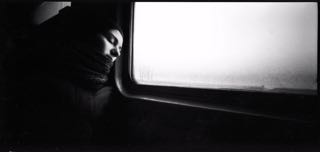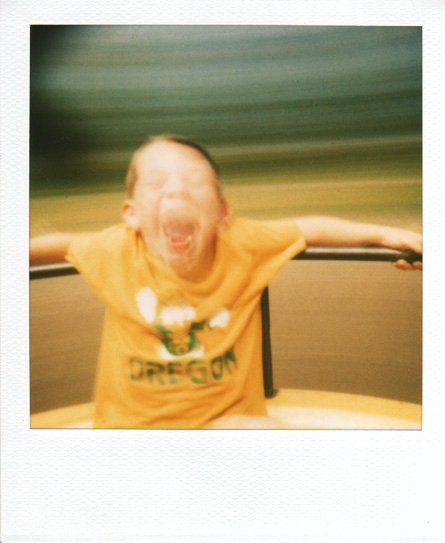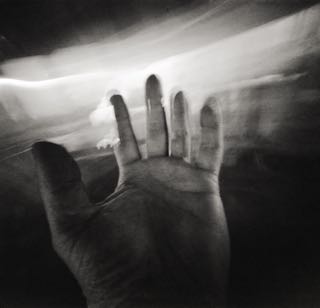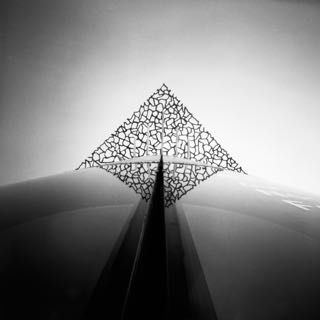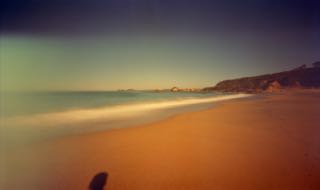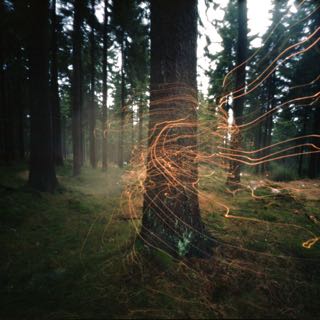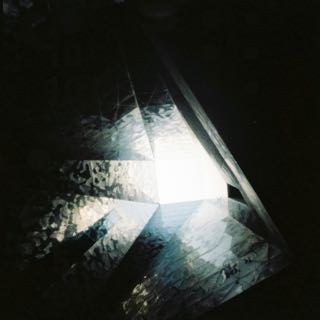Smartphones today – whether Android or Apple – are of course ubiquitous anymore. It’s hard to find a social setting where there’s not a solid portion of the group with their faces stuck in their phones. The change in social interaction can become tiresome and, in some cases, worrisome. But of course, there’s tremendous good that we get form our phones, and today we’re going to cover one such area.
For the modern pinhole photographer, your phone can be a true godsend. For today’s article, we’re going to cover a few areas where your smartphone can make your life in pinhole photography much much easier.
Exposure Meters
Pinhole Assist (iOS only $2.99)
[singlepic id=208 w=225 float=right] [/singlepic]The aptly named Pinhole Assist (available on the app store) is the first phone app light meter I ever tried for pinhole photography. When you first open the app, you’re presented with a display from your camera, along with exposure readings based on the input ISO and ƒ-number. The upfront operation is simple: once you set the ISO (film canister icon) and aperture (aperture icon), you compose your scene in the view and the app gives you the exposure time. Playing with the buttons and menus, you’ll quickly discover some great features to help you get the right exposure. Diving deeper though, there’s special sauce to this app.
After you get your camera ISO and aperture dialed in, hit the “hamburger menu” in the top left (the three lines) – in this menu, you can choose a film if you like, and you’ll see there’s options for dialing in an exact aperture in case yours wasn’t in the regular aperture menu. Now that you have your setup exactly right, hit the “Add Combo” button in the menu, and enter a name. You’ve now saved your camera preset – this feature is a lifesaver if you have multiple pinhole cameras to manage.
Next, when you’re framing your scene in the app’s viewfinder, it’s using a general evaluative metering mode. Want to meter on something specific? Tap an area in the scene, and note the square – that’s a weighted meter now! Not quite a 1º spot, but it’ll do!
Pocket Light Meter (iOS Free, Android $0.99)
[singlepic id=209 h=200 float=left] [/singlepic]The Pocket Light Meter app is available for both iOS (app store) and Android (Google Play) and offers a solid alternative from the Pinhole Assist. This app lacks some features of Pinhole Assist – notably the ability to save camera profiles, set custom aperture values, and auto calculate reciprocity failure. But what it lacks in complexity, it makes up for in zen simplicity: dial in your ISO and aperture, and it starts measuring.
If you only have one pinhole camera, or you’re just testing the waters, Pocket Light Meter is a good option. The square in the middle acts as a center weighted average meter, and you can tap around the viewfinder to adjust this metering target. The larger viewfinder makes it helpful when double checking to make sure you’ve metered the exact area you need.
Reciprocity Management
Reciprocity Timer (iOS only $1.99)
[singlepic id=211 h=200 float=right] [/singlepic]One thing that we pinholers often run into is reciprocity compensation and management – so often that you may as well be sure you’re managing it correctly. Reciprocity Timer is available on the app store for $1.99, and was originally built for large format photographers. Over the years the app has built quite the reputation for having very exacting reciprocity tables – an advantage that can be crucial for color film such as Ektar.
But Reciprocity Timer doesn’t stop there. It has built in compensation for filters and includes a stopwatch function. Pinhole Assist also has a stopwatch built in, but for the shooter that uses films susceptible to reciprocity, it’s a very helpful app to finish your workflow in.
In the Darkroom
Massive Dev Chart (iOS $8.99, Android $8.99)
[singlepic id=210 h=200 float=left] [/singlepic]Many pinholers are processing their own film, and if you’re processing your own film, you need the Massive Dev Chart, available for Android on the Google Play Store and iOS on the App Store. The Massive Dev Chart is a compilation of a HUGE amount of film and development time combinations. In addition it has great features such as red and green light displays for use in the darkroom and multi-stage timers. For an app, it’s a bit steep in price – but to have every bit of data and timing tools you need at hand, it’s simply awesome.
What We Want
These apps are all great, and I encourage you to try them all. Having all the data that you need right in your pocket can be a huge boon to your process in the field and the darkroom. So what would you want added? What would make these apps perfect for you?
For me, it would be zone masking. I’d love to have options where a blinking mask covers everything in a specified zone, such as Zone V, III, or VII. Put your requests in the comments, and we’ll use our soapbox to reach out to app developers!
